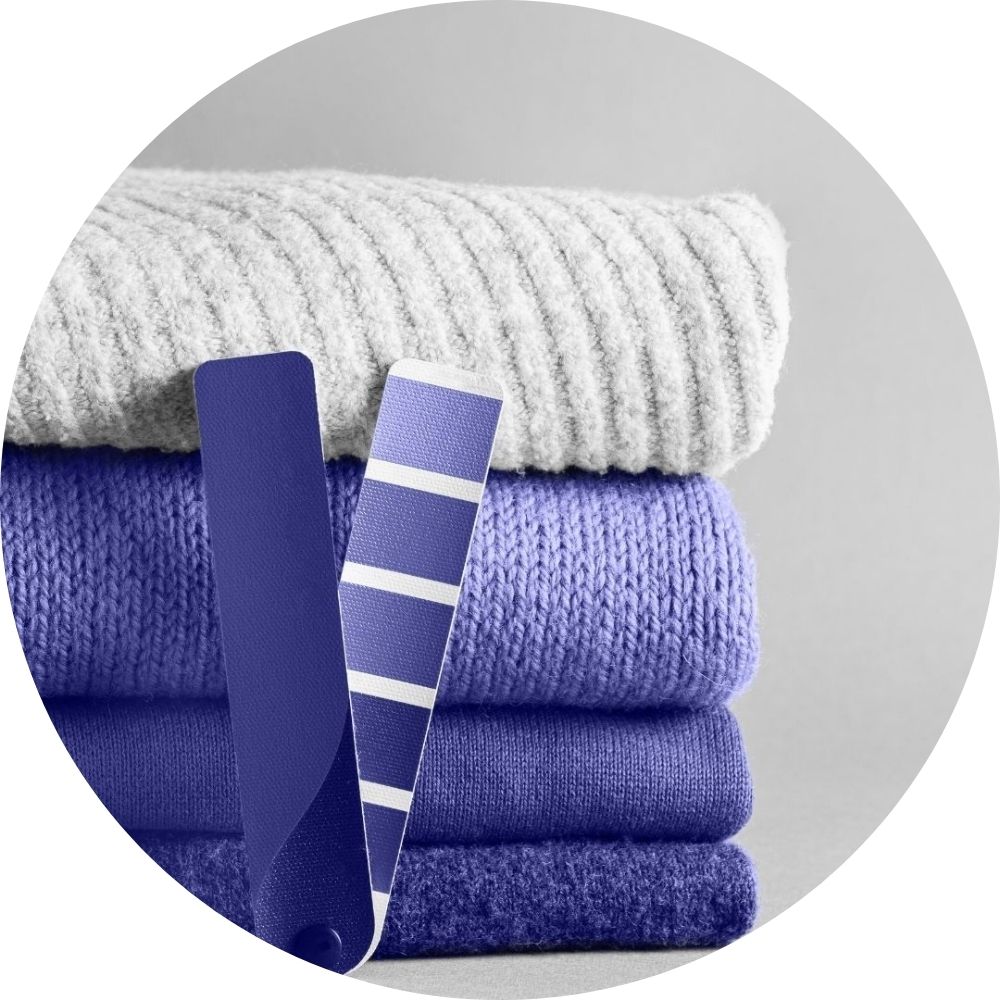Shopaholic: A Therapy or a Pathology?

We are closer and closer to the New Year’s Eve celebrations; pre-sales have already taken place all over the shop’s windows. It’s difficult to control the desire to not spend during this pre-holiday season, especially those who are too obsessed with the latest fashion trends really risk damaging their economic.
Shopaholic behavior is often debated as either a therapy or a pathology. While some argue it provides a sense of fulfillment and self-expression, others view it as an addictive and destructive behavior. This article delves into the complexities of fashion addiction, explores the world of shopaholics and their characteristics, the repercussions of compulsive shopping, available therapeutic options, and the challenges they face.
Cover photo credit: khwanchai – stock.adobe.com
Characteristics of Shopaholics
Compulsive buying is an uncontrollable desire to shop which results in spending large amounts of time and money on the activity. Generally, a person who buys compulsively gets the urge to shop in response to negative emotions (not to be confused with occasional “retail therapy”) and often has problems with relationships and finances as a result of their shopping behavior.
1. Compulsive Urges
Shopaholics experience irresistible urges to buy, often driven by emotional triggers.
2. Impulsive Spending
They engage in impulsive buying without considering the consequences or their financial situation.
3. Materialistic Mindset
Shopaholics find happiness and identity through material possessions.
Fashion Addiction
1. Endless Pursuit
Fashion addiction stems from an insatiable desire for the latest trends, leading individuals to continuously chase new styles and accessories.
2. Compulsive Shopping
Compulsive shopping behaviors, driven by fashion addiction, can result in financial instability and emotional distress for those consumed by the desire to acquire new items.
3. Reward-based Brain Patterns
Studies have shown that the act of shopping and obtaining new fashion items stimulates the brain’s reward system, resulting in a temporary sense of pleasure and fulfillment.
Hooked on the Look
1. Obsession with Appearance
Being hooked on the look involves a fixation on physical appearance, where individuals prioritize their fashion choices over other aspects of life.
2. Influence of Social Media
The rise of social media has amplified the pressure to maintain a flawless appearance, as users are constantly exposed to carefully curated images and lifestyles.
3. Prestige and Status
For many individuals, fashion serves as a symbol of prestige and status, leading them to invest significant time and resources into their appearance.
Effects of Compulsive Shopping
1. Financial Strain
Excessive spending can lead to debt and financial instability.
2. Emotional Distress
Compulsive shopping often masks underlying emotional pain and can result in anxiety and depression.
3. Relationships Struggles
Shopaholics may face conflicts with loved ones due to financial secrecy or excessive spending.

Photo credit: MP Studio – stock.adobe.com
When Shopping Becomes a Pathology
As shopping consumes their lives, shopaholics may neglect responsibilities, jeopardize relationships, and accumulate massive debt. It transitions from a therapy to a pathology when their well-being is compromised by their compulsive need to spend.
Challenges Faced by Shopaholics
1. Overcoming Temptation
Resisting the urge to make impulsive purchases requires tremendous self-control.
2. Addressing Emotional Triggers
Identifying and addressing the underlying emotional issues that drive compulsive shopping is crucial for recovery.
3. Rebuilding Finances
Repairing the financial damage caused by excessive spending is a challenging but necessary step towards recovery.
Therapeutic Options for Shopaholics
1. Cognitive Behavioral Therapy (CBT)
CBT helps shopaholics identify triggers and develop healthier coping strategies.
2. Support Groups
Joining a support group provides a safe space to share experiences and receive encouragement.
3. Financial Planning
Working with a financial planner can help shopaholics develop a sustainable budget and long-term financial goals.

Photo credit: Marc Elias – stock.adobe.com
Conclusions
While shopaholic behavior can provide temporary fulfillment and self-expression, it can also lead to negative consequences such as financial strain and emotional distress. Some professionals classify compulsive buying as an obsessive-compulsive disorder, while others liken it to an impulse control disorder.
Acknowledging the fine line between therapy and pathology, understanding the characteristics of shopaholics, and exploring the effects and challenges they face are crucial in order to provide effective support systems and interventions. With the right strategies and support, by fostering a balanced and mindful approach to fashion, individuals can enjoy the benefits of self-expression without falling into the depths of pathological consumption.



